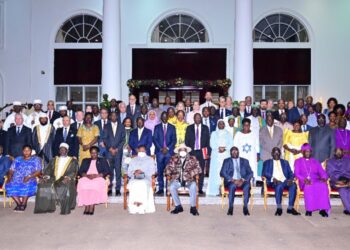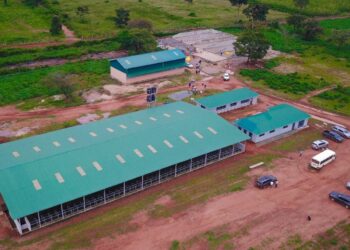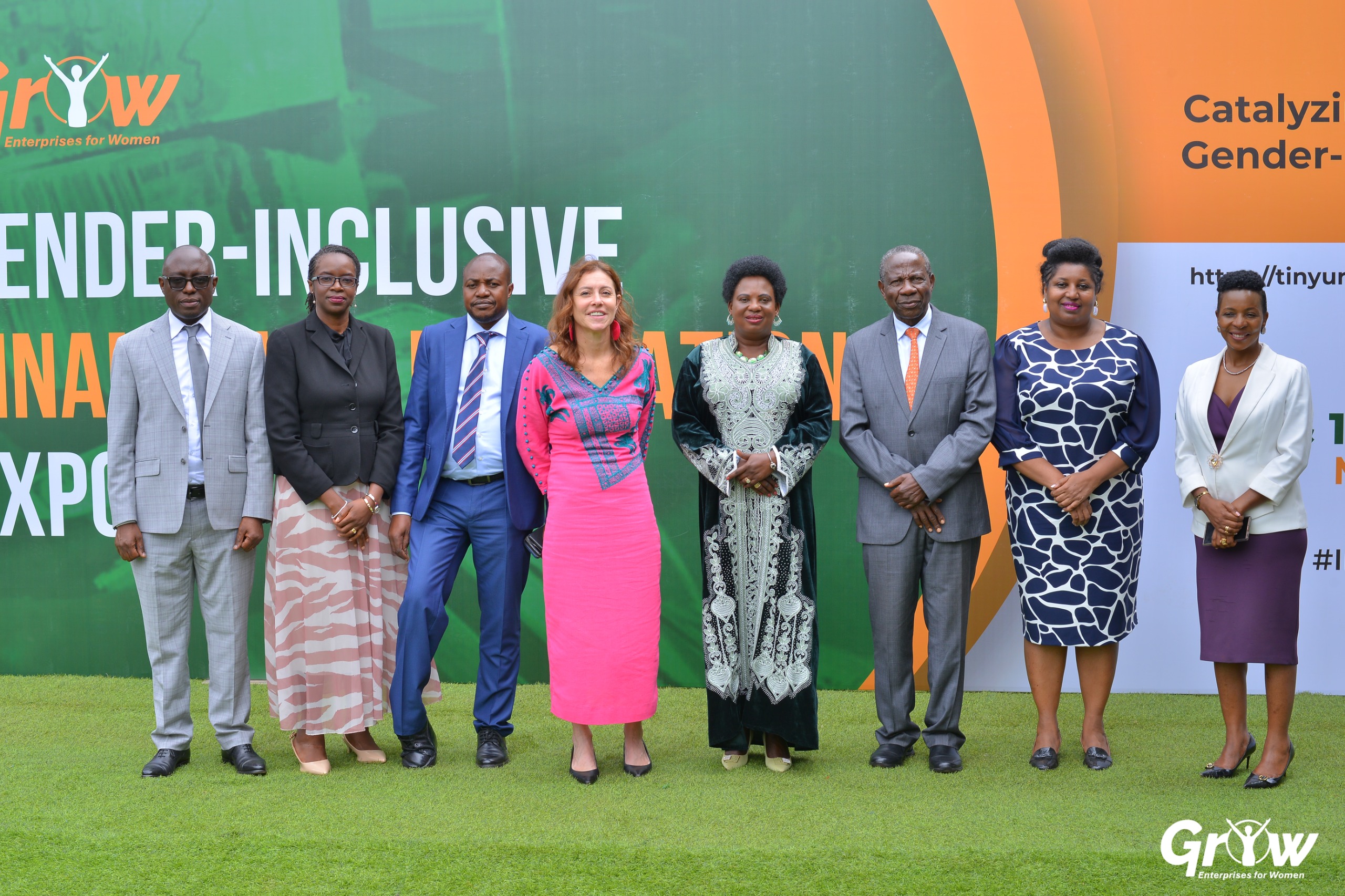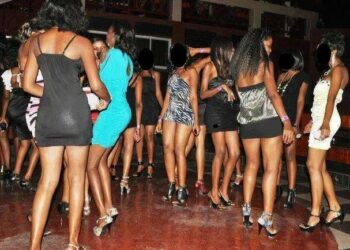A section of residents in Jinja North has petitioned the Electoral Commission to divide the constituency into three, citing a worrying imbalance in population and geographical size.
According to the petition, Jinja North Division constituency comprises over 60% of the total 95,194 voters in Jinja City, covering an area of 156 square kilometers, which is 82% of the city’s total area.
The residents argue that this large population and geographical size hinder effective representation in parliament.
They point out that Jinja Southern Division, which constitutes only 40% of the voters, has two parliamentary constituencies (Jinja South East, represented by Hon. Nathan Samson Igeme Nabeta and Jinja South West, represented by Hon. Dr. Timothy Batuwa Lusala), while Jinja North has only one.
The petitioners propose the creation of two new constituencies: Bugembe Constituency, which would merge former Bugembe Town Council with Wanyange ward, and Mafubira Constituency, which would comprise former Mafubira sub-county minus Wanyange ward.
They also suggest that former Budondo sub-county be made a constituency of its own.
The residents argue that their proposal is supported by Article 63(3) of the 1995 Constitution, which states that constituency boundaries should be drawn to ensure that the number of inhabitants is as nearly equal to the population quota as possible.
With Uganda’s population of 46 million and 353 constituencies, the population quota is 137,625 inhabitants. Jinja North constituency’s population exceeds 280,000, more than twice the population quota.
The petition, signed by 99 concerned residents, urges the Electoral Commission to address the imbalance and ensure fair representation for the people of Jinja North.
The timing of the petition by the residents of Jinja North Division to divide the constituency into three is indeed strategic, considering the 2026 general elections are just around the corner, scheduled for January 12, 2026.
With approximately 11 months to go, aspirants are gearing up to promote their individual and community interests, and the main campaigns are expected to kick off in the last quarter of 2025.
The Electoral Commission has already launched the strategic plan and roadmap for the 2025/2026 general elections, outlining key objectives such as enhancing inclusive citizen participation, strengthening stakeholder collaboration, and delivering free and fair elections.
The Commission has also estimated a budget of Shs1.38 trillion for organizing the 2026 general elections.
In this context, the Jinja North petition takes on added significance, as they seek to address the imbalance in population and geographical size within their constituency.
Their proposal to create two new constituencies, Bugembe and Mafubira, aims to ensure more effective representation in parliament.
The residents have valid concerns about the imbalance in population and geographical size within their constituency, which is backed by the law.
However, their demand for the creation of two new constituencies comes at a time when there is growing pressure to downsize Uganda’s parliament, which currently has over 500 MPs.
Proponents of downsizing argue that the massive administrative costs of maintaining such a large parliament could be better allocated to critical sectors like health and agriculture.
In fact, MP Naome Kabasharira (Rushenyi County) has proposed a bill to reduce the number of MPs to 270, with each district having one male and one female representative.
The issue of parliament’s size and efficiency is not new.
A recent Afrobarometer report highlighted that Ugandans are becoming increasingly dissatisfied with their MPs’ performance, perceiving them as corrupt and unresponsive.
Afrobarometer is a pan-African,non-partisan research network that measures public attitudes and opinions on demonstration,governance, economic conditions, and related issues in Africa.
Experts argue that with Uganda’s parliament being one of the largest in Africa, it is essential to reconsider its size and composition to ensure effective representation and accountability.
The Minister of Agriculture, Animal Industry and Fisheries (MAIF), Frank Tumwebaze, has also weighed in on the issue, calling for a smaller parliament to enhance efficiency.
As the country gears up for the 2026 general elections, it’s crucial to address these concerns and explore ways to make the parliament more representative, accountable, and cost-effective.
The lead petitioner, John Banalya, has revealed that Justice Simon Byabakama, the Chairman of the Electoral Commission, has referred their petition to Hon Raphael Magyezi, the Minister of Local Government, citing that boundary demarcations fall under Magyezi’s portfolio.
With Uganda’s population projected to continue growing, the issue of boundary demarcations and constituency divisions is likely to remain a contentious issue in the lead-up to the 2026 general elections.
No official statement or comment has been made by the ministry, leaving the residents of Jinja North in limbo as they await a response to their petition.
The petitioners, led by John Banalya, are eagerly awaiting a response from the Local Government Ministry, hoping that their concerns about the imbalance in population and geographical size within Jinja North constituency will be addressed.
Do you have a story in your community or an opinion to share with us: Email us at editorial@watchdoguganda.com














